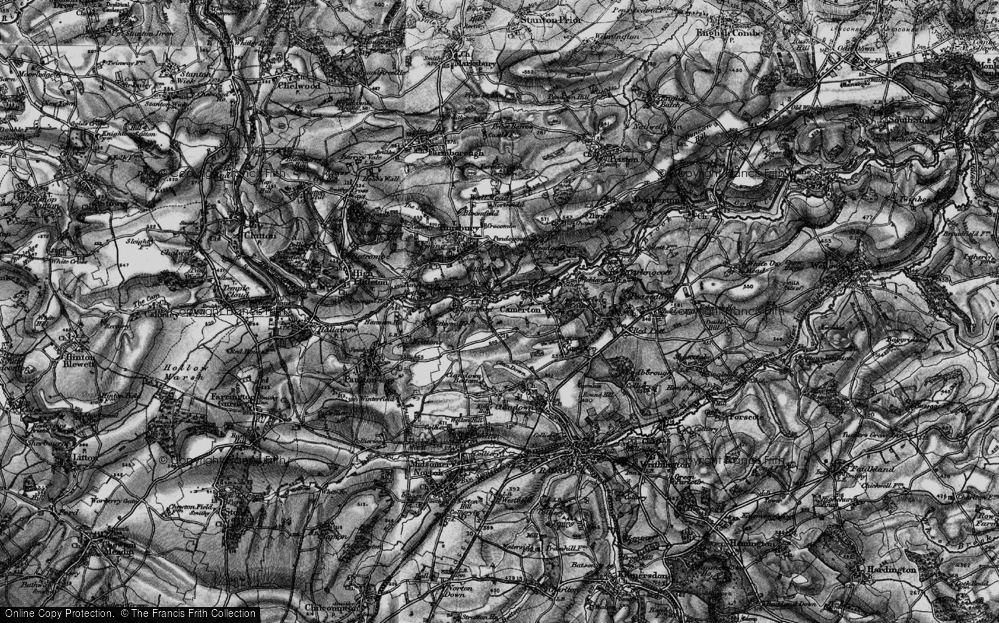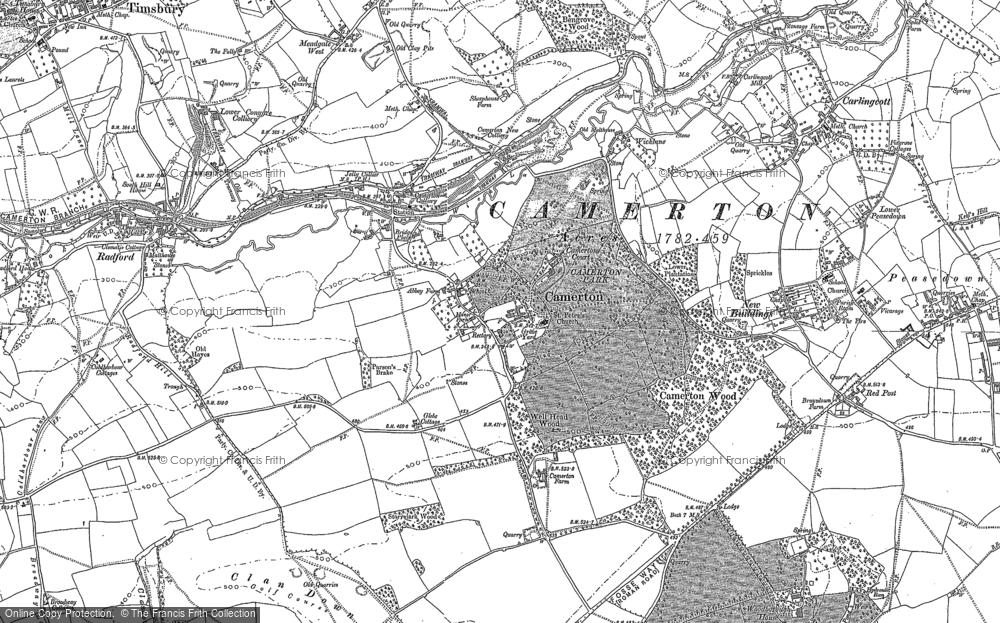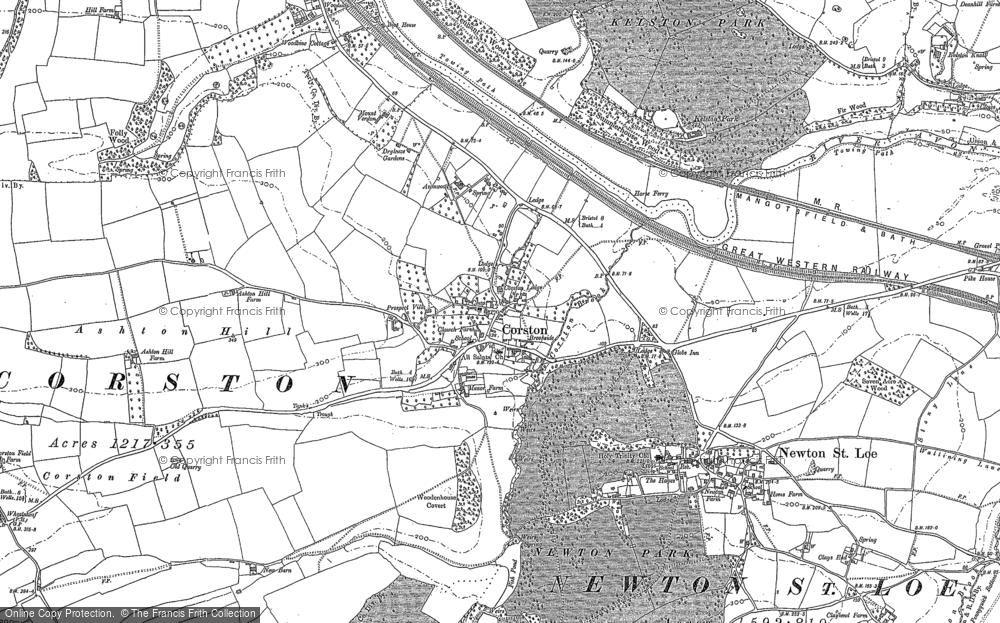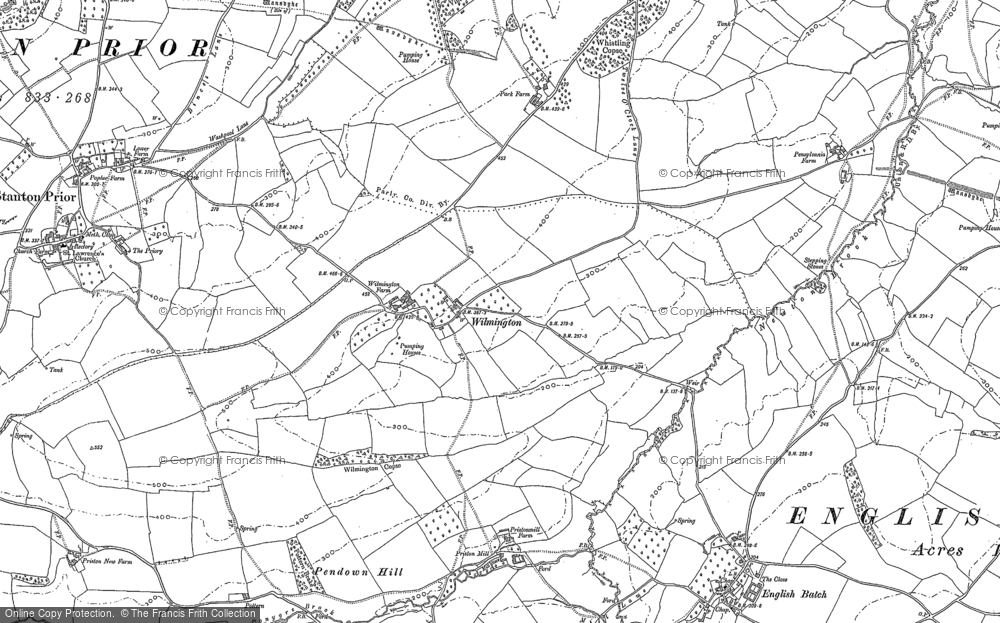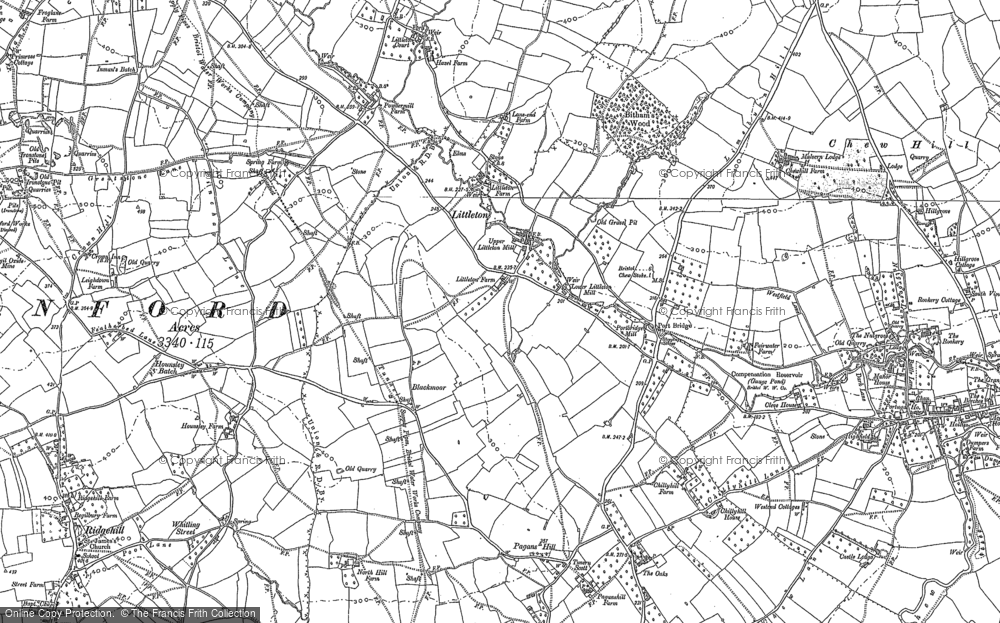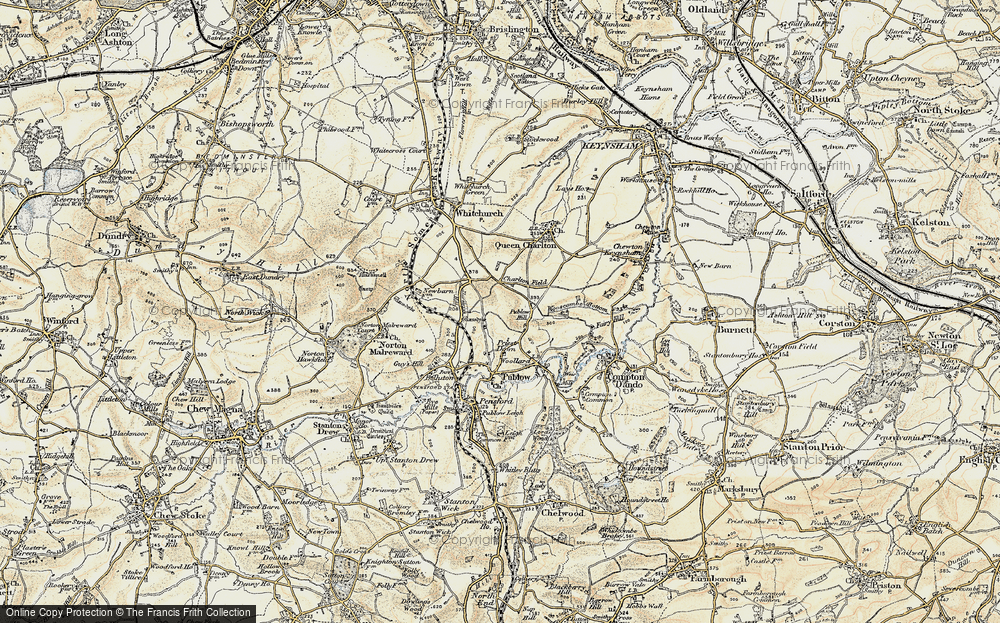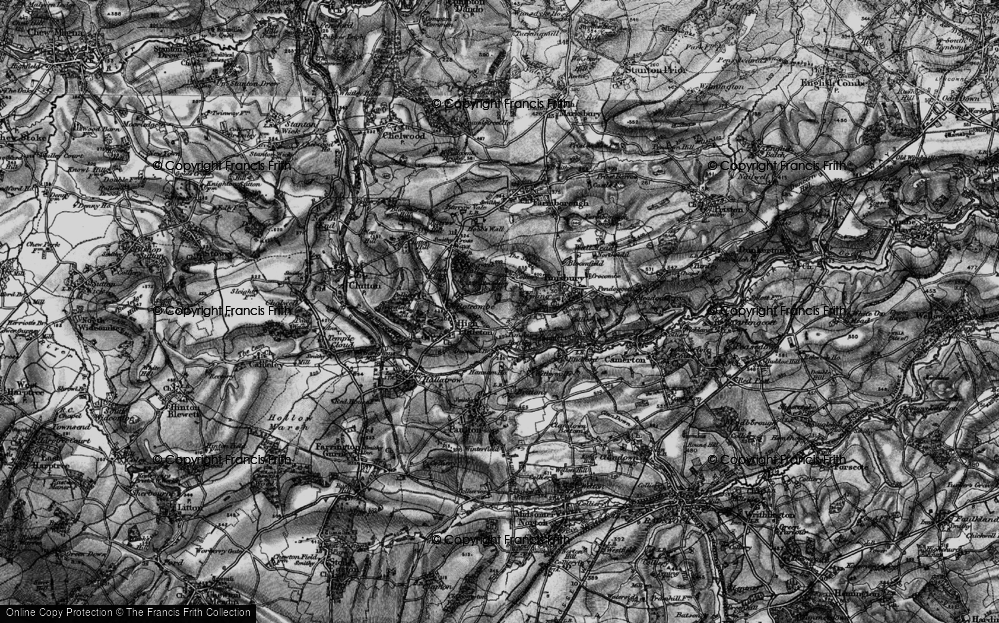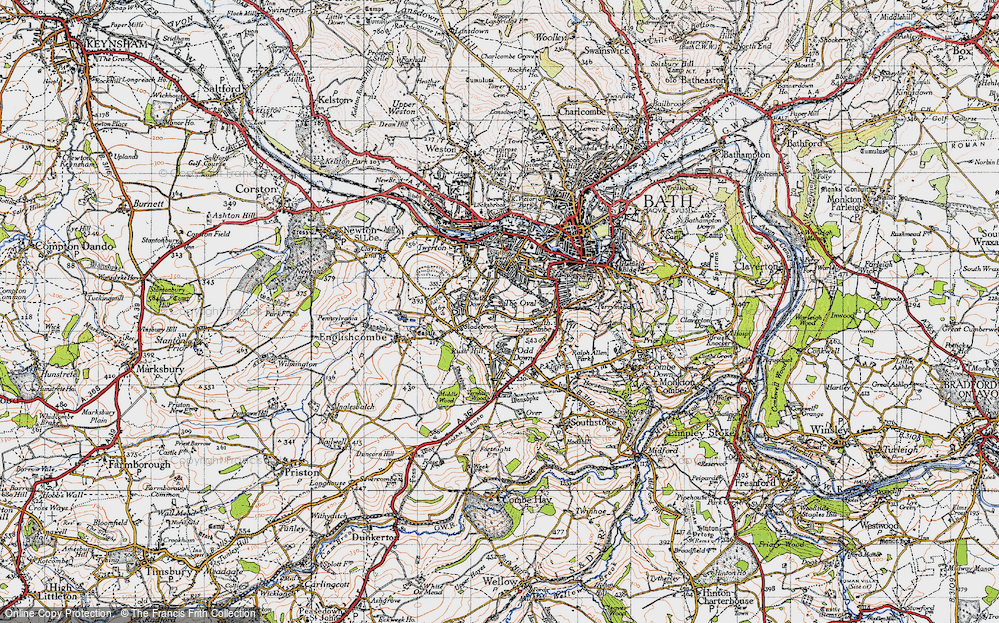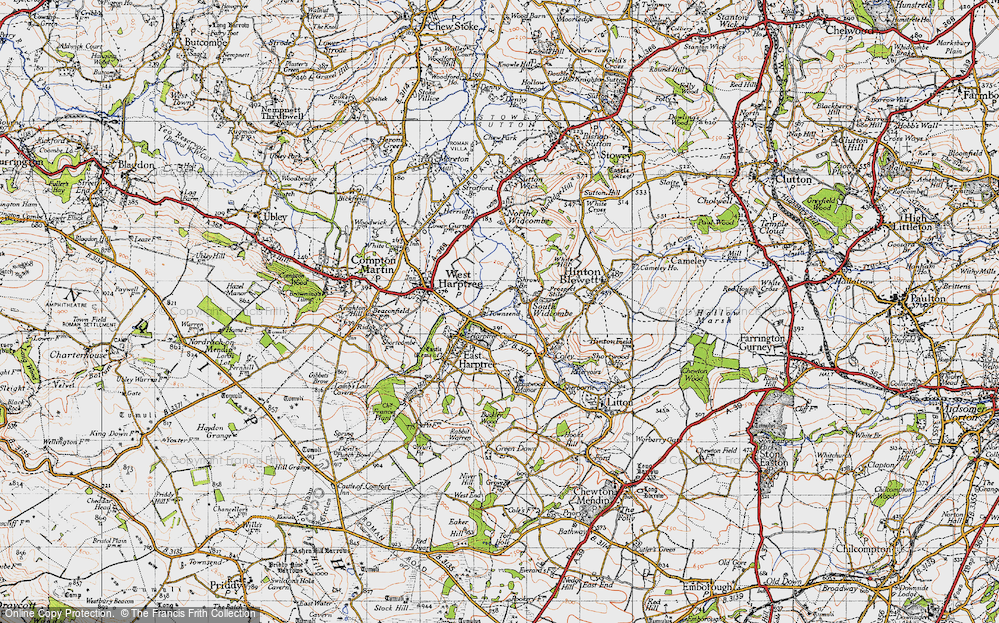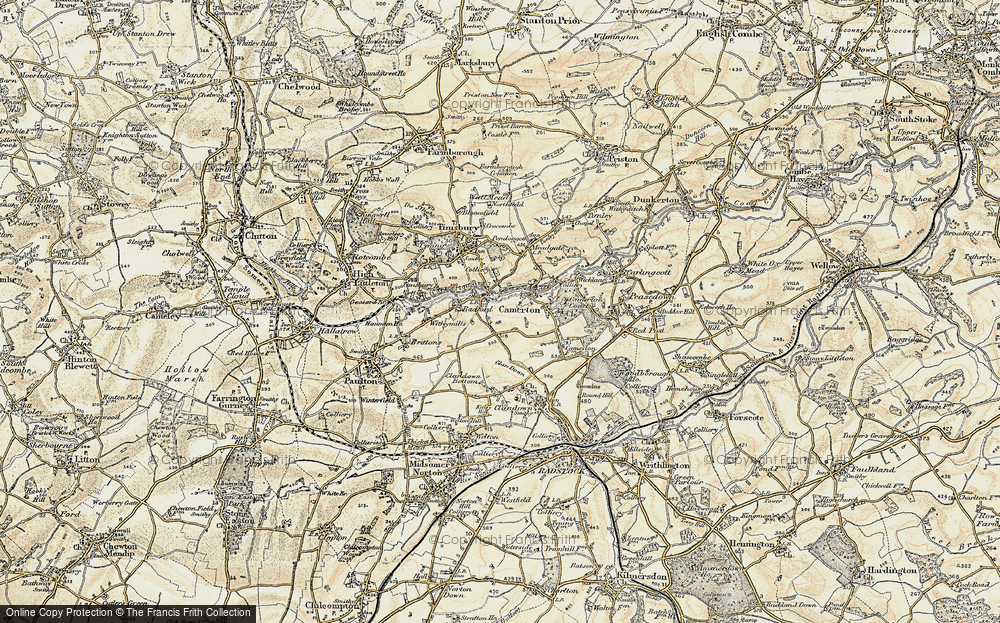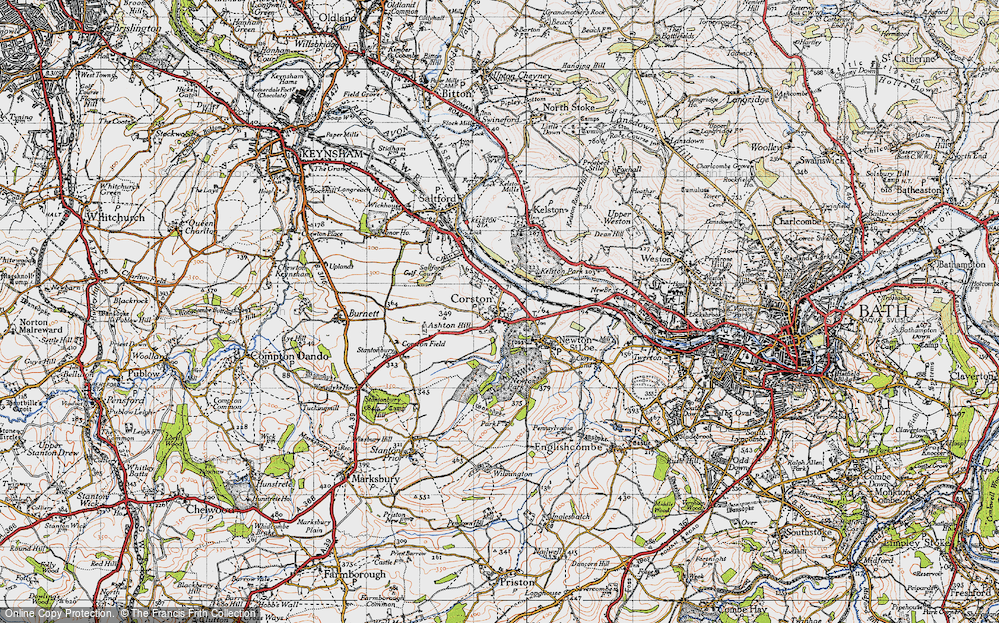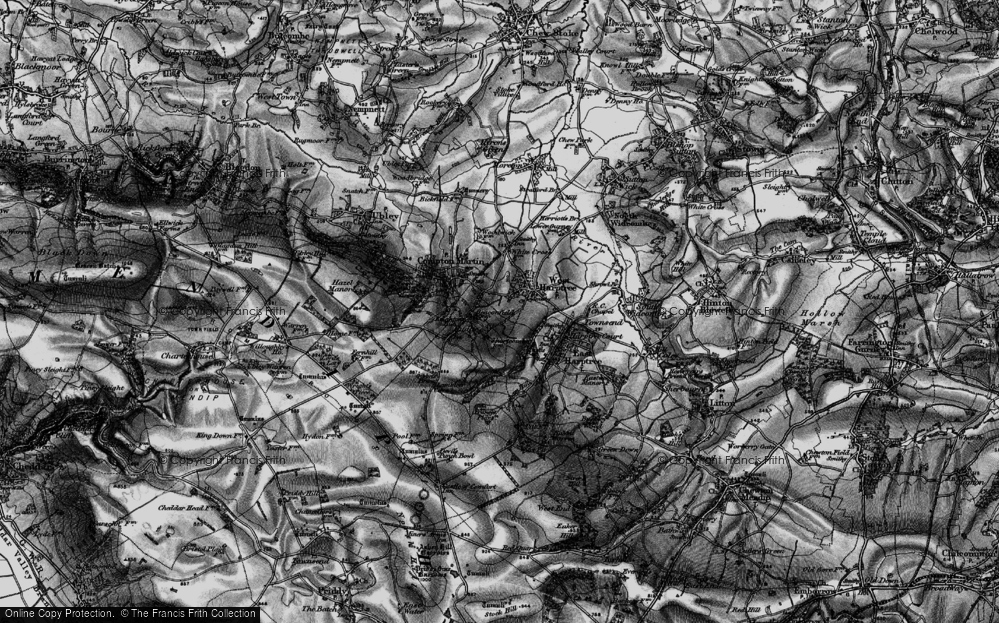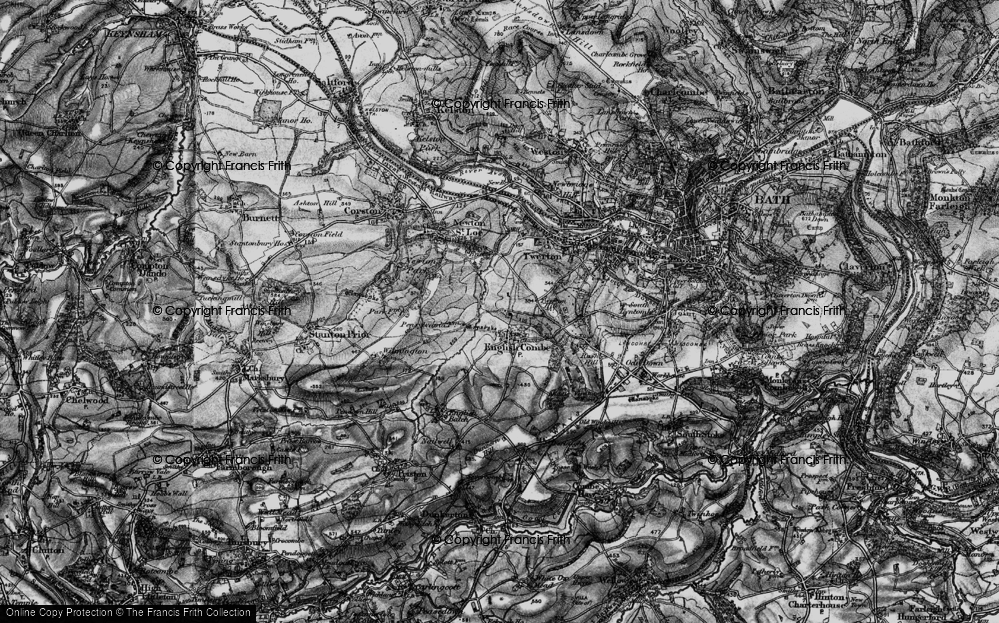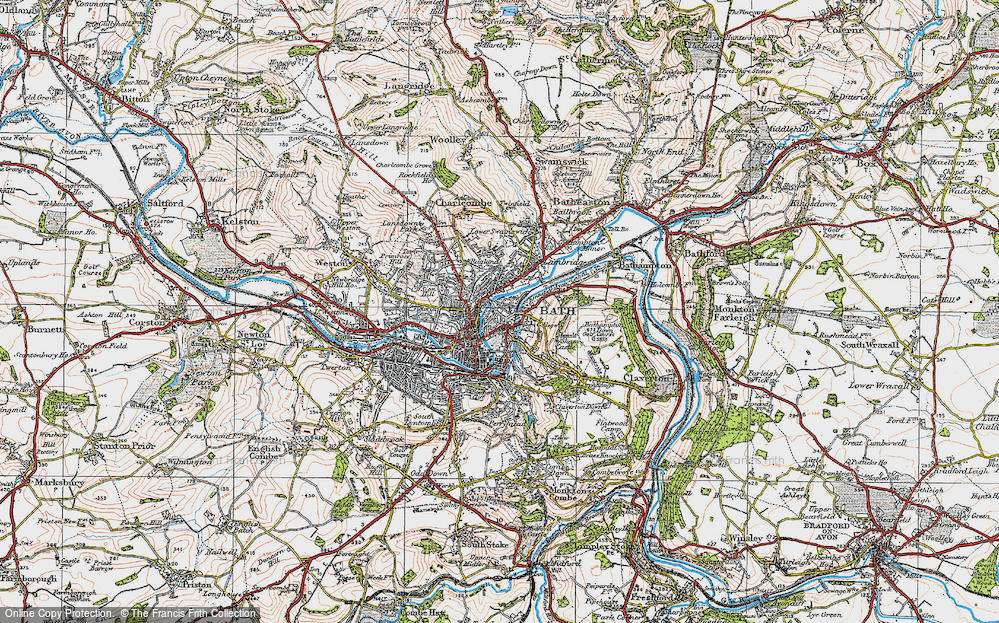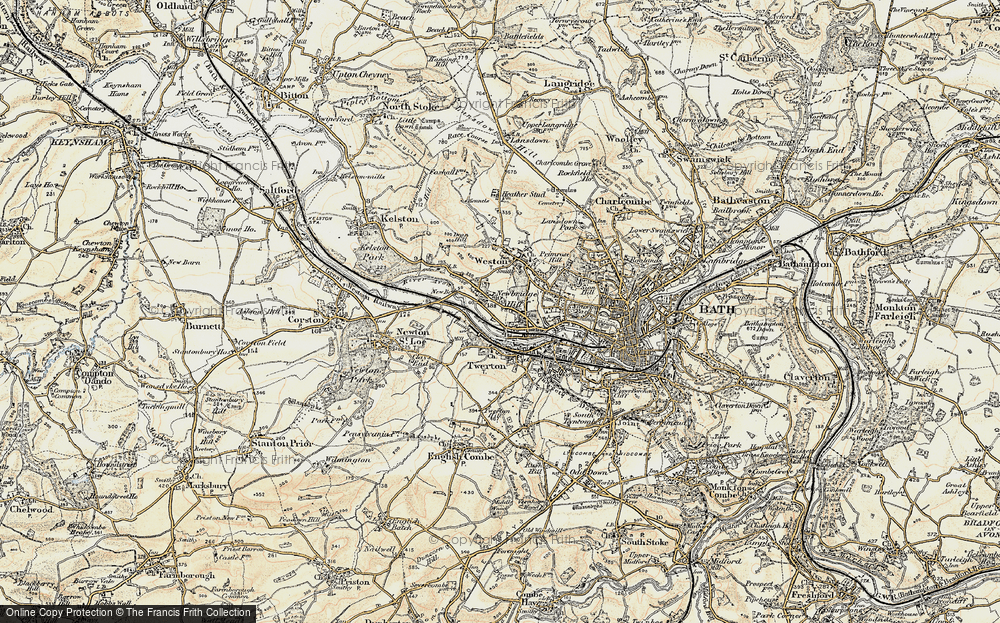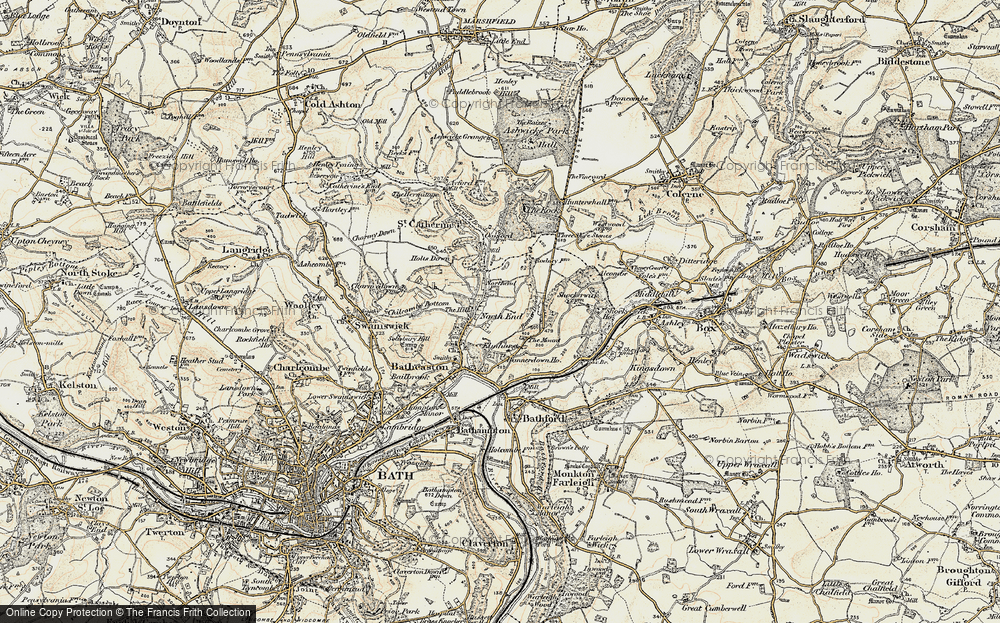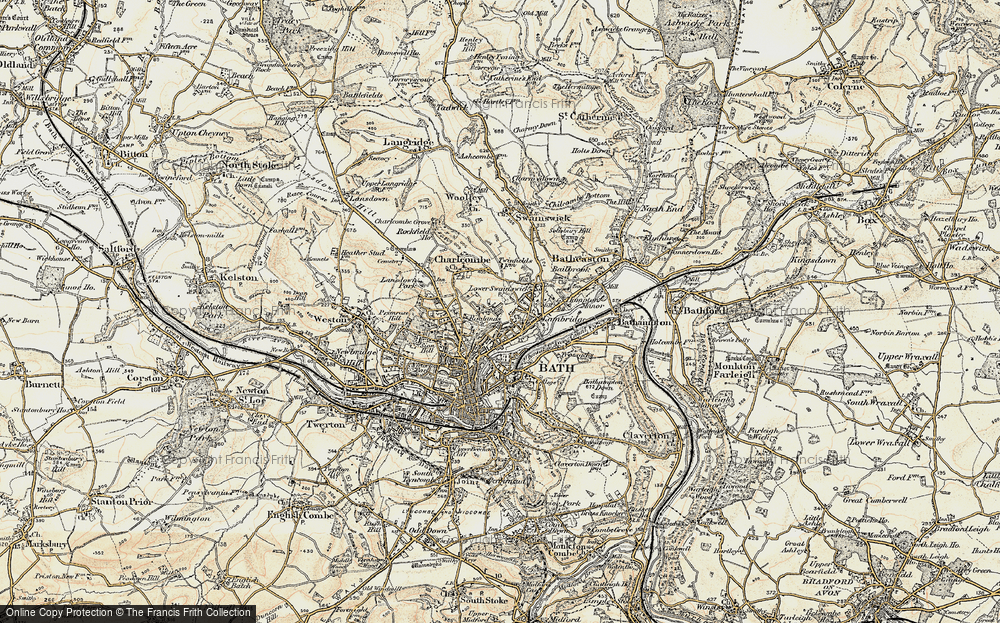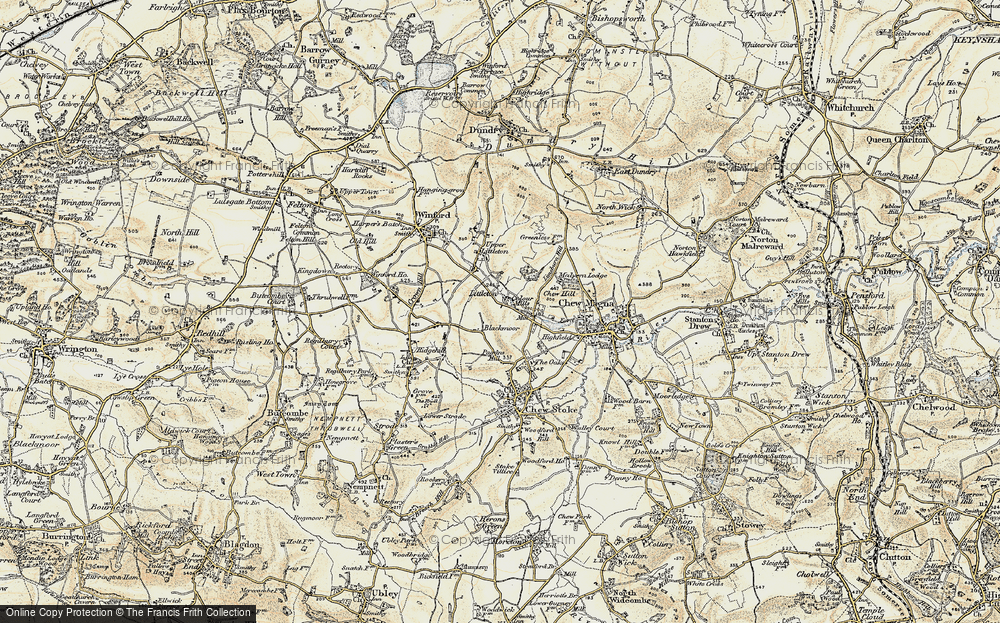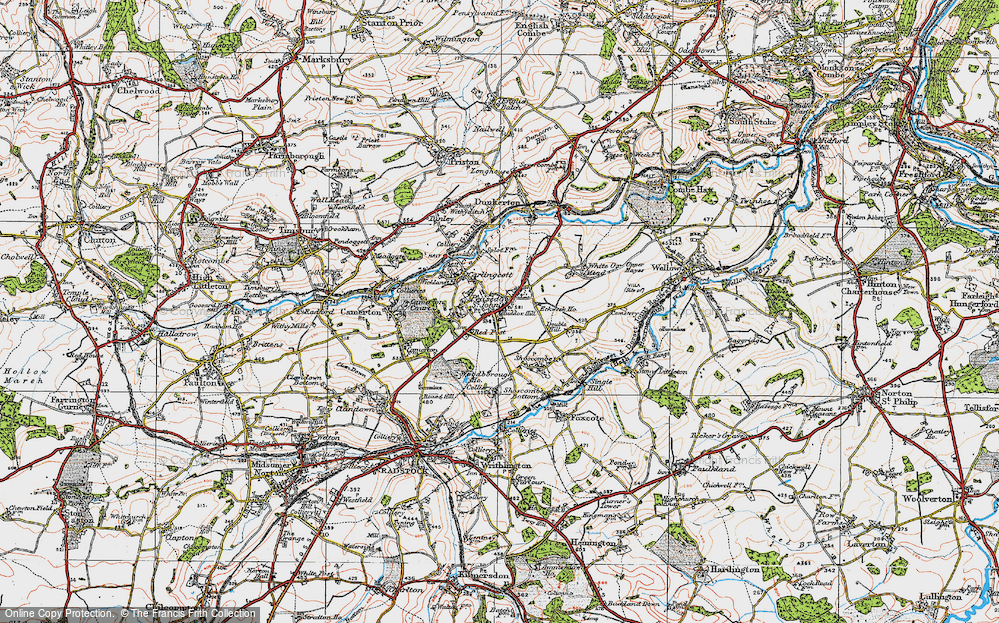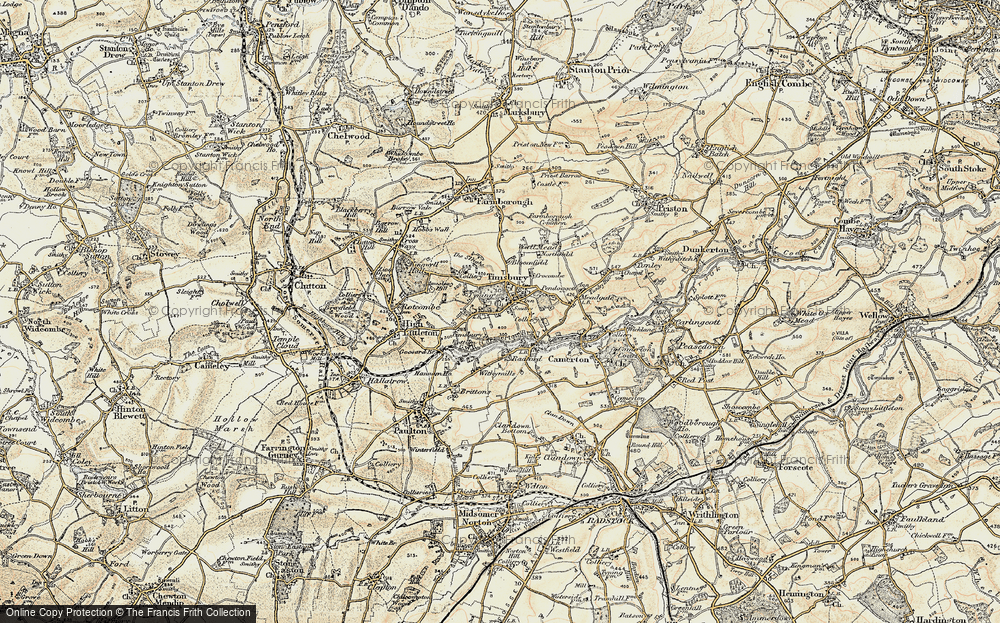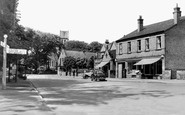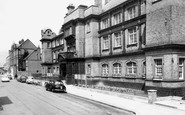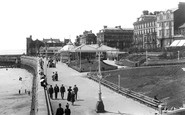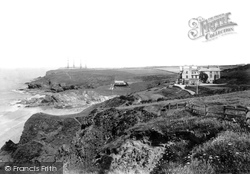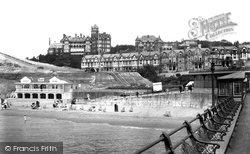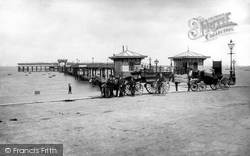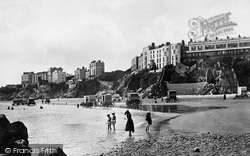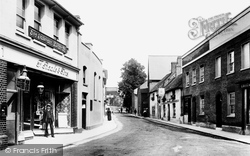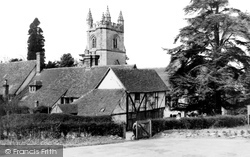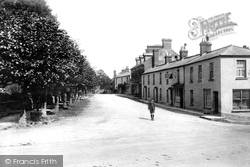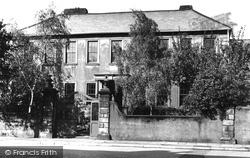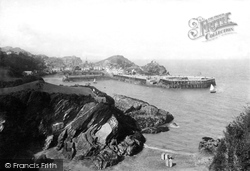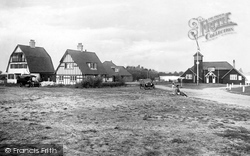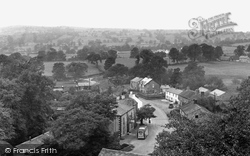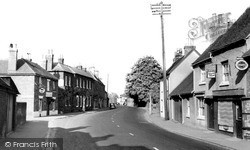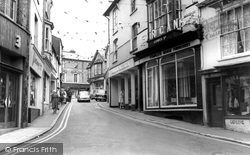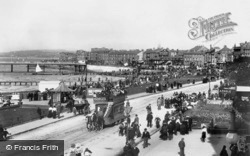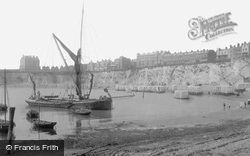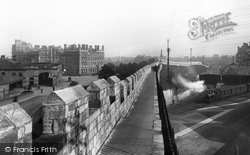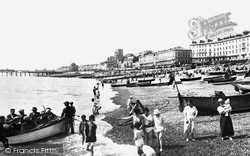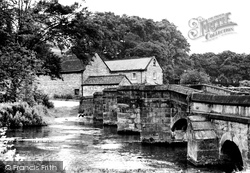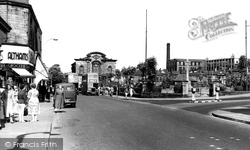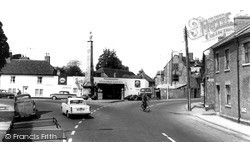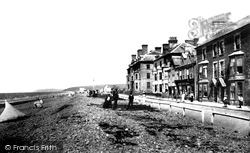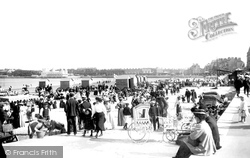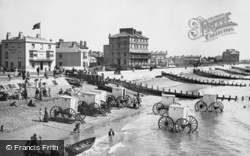Places
Sorry, no places were found that related to your search.
Photos
Sorry, no photos were found that related to your search.
Maps
1,353 maps found.
Books
3 books found. Showing results 745 to 3.
Memories
2,048 memories found. Showing results 311 to 320.
Kidbrooke And My Childhood
My dad returned from the war in 1946. My mother and I were living in Eltham with my grandparents and her brothers and sister. It was pretty crowded. We moved into the prefabs on Kidbrooke Way shortly after and my sister ...Read more
A memory of Kidbrooke by
Early Days In Greenock
I found all these photos fascinating, I have been researching many aspects of Greenock since I began working on the family's history i was hoping to see photos of some of the streets I have come to know quite well, like ...Read more
A memory of Greenock by
Pavenham 1945 1970
This is the village where I grew up, my parents moving into their very old, somewhat dilapidated cottage at the end of the war. This was 'The Folly' at the eastern end of the village opposite one of Tandy's farms. Why it had that ...Read more
A memory of Pavenham by
Schooling
We moved from Chelmsford to Radcliffe in 1968 - I was 2 years old. I went to Lorne Grove Nursery and my memory of that was the Rocking Horse Toy. I hated sharing it!! I was about 3 or 4 and I remember being so upset at being ...Read more
A memory of Radcliffe on Trent by
Hounslow Town Hall
The swimming baths were opposite the Town Hall. And the library. Had to have swimming lessons there via Grove Rd School. (60s) Diane nee Underhill
A memory of Hounslow by
Visiting Salford Circa 1955 60
My Grandparents Henry and Alice Dorning lived on Brighton Street which on trying to trace the existence of has proved to be a struggle. I remember visiting them with my parents at the age of 5-9 years of and at the time ...Read more
A memory of Salford
The Day I Was Born
I was born on 22nd June 1948 at 95 Dryfield Road in the front main bedroom of my nans's house. We lived there until I was 8 when we left my nan's and moved to St. Johns Wood in London. My nan lived there until I was in my ...Read more
A memory of Burnt Oak in 1948 by
Memories Of Aylesbury During The 60s And 70s
I was born in Buckingham Road in 1962 and lived in the same house (no.225) until I left for North Wales in 1985. I have many happy memories of living there, going to the Primary and Junior schools in ...Read more
A memory of Aylesbury by
My First School Alby Hill 1944
My mother and her mother were born in my great-grandparents' cottage at Hanworth Common. Richard and Blanche Craske they were. Well dear old Richard was really my step great grandad. The true one was ...Read more
A memory of Aldborough in 1944 by
Childhood In The 1950s
It breaks my heart to see how the years, short-sighted councillors and rapacious businessmen have ruined this once noble and beautiful seaside resort. How could anybody have countenanced destroying this view for the ...Read more
A memory of Bridlington by
Captions
1,059 captions found. Showing results 745 to 768.
Although this photograph was taken for the view of the hotel above the bathing beach, of special interest here is the group of four new radio masts out on Poldhu cliffs.
With the turret of the Chine Hotel, which served as a landmark for Channel shipping, prominent in the back- ground, the elegant row of Victorian houses along Undercliffe Road bears tribute to the enduring
Morecambe is much frequented by trippers from the busy towns of Lancashire and Yorkshire, for whose recreation are provided abundant entertainments of distinctly popular order.
Tenby stands on a tongue of limestone rock, ending a green promontory, which is crowned by the ruins of the old castle, and is now pleasantly laid out with walks which serve at once as pier and promenade
F Beale & Sons were builders until they were bought out in the 1960s. Their yard was in Adelaide Road, beside the swimming baths that they built in 1885.
This little cluster of 16th- and 17th-century gabled timbered cottages, along with the pub (not visible in the photograph), was acquired in its entirety by the National Trust in 1939.
The lad may be returning from the castle, which could be approached on this road at that time. The four houses on the right, built in 1817, are now private residences.
This handsome Georgian house was where the great poet was born in 1770. It was let free to the family by Sir James Lowther of Lowther Castle—the poet's father was his agent.
The bathing huts here were nearly the scene of a diplomatic incident in 1878. Alfred Price, son of the huts` owner, tried to stop a young man throwing stones at the huts, and a fight broke out.
The 65-acre Meare was the first stage of the development. All the bays and islands are named in J M Barry style. The Boat House was built in 1911, before the Meare was completed.
This excellent view from the church tower shows the whole village and its rural surroundings.
Much of Theale High Street remains unchanged, though it is unlikely that we would find this part of the village free of traffic today.
The High Street leads to Shooters Hill, which was once a very swampy area. The buildings are shaped here to follow the curve of the road. The first shop on the right is now a florist.
A Victorian guidebook, published in 1895, described Morecambe thus: 'Morecambe is much frequented by trippers from the busy towns of Lancashire and Yorkshire, for whose recreation are provided abundant
Rows of bathing machines along the shoreline and in front of the low white cliffs demonstrate the popularity, and prevailing prudery, of immersion in sea-water among the Victorian visitors.
The new station was built to replace the original station that had been completed in 1841. Construction took place between 1873 and 1877 on the site of a Roman cemetery.
Hastings has suffered very much in recent years, now that the boom holiday period of the 1920s to the late 1950s has ended. Many of the seafront houses are in serious decay.
North of Bakewell, an ancient packhorse bridge crosses the water. For centuries, lines of horses would lumber over this bridge weighed down with freight. Often, lead would be the main load.
This main road through the town used to be the Wakefield to Halifax road, originally built by the Romans. Business in the town was not only concentrated on blanket making.
This triangular Bath stone fountain stands at the junction of Silver Street, Vicarage Street and Church Street; it was erected in 1783.
This parade of large shops and houses are just round the corner from the station. The pebbly storm beach gives way to a vast fine sandy beach, covered in this photograph by a high tide.
It was the early use of bathing machines that made Weymouth such a popular resort for sea bathing.The larger machines ran down into the water on rails and consisted of a number of cubicles.
Bognor's growth from a tiny fishing village started in the 1780s, with Sir Richard Hotham's grand scheme inland (modestly named Hothamton) aimed at the nobility and gentry being followed by
In Queen Victoria's reign it was not 'proper' to enter the sea without a bathing machine.
Places (0)
Photos (0)
Memories (2048)
Books (3)
Maps (1353)


